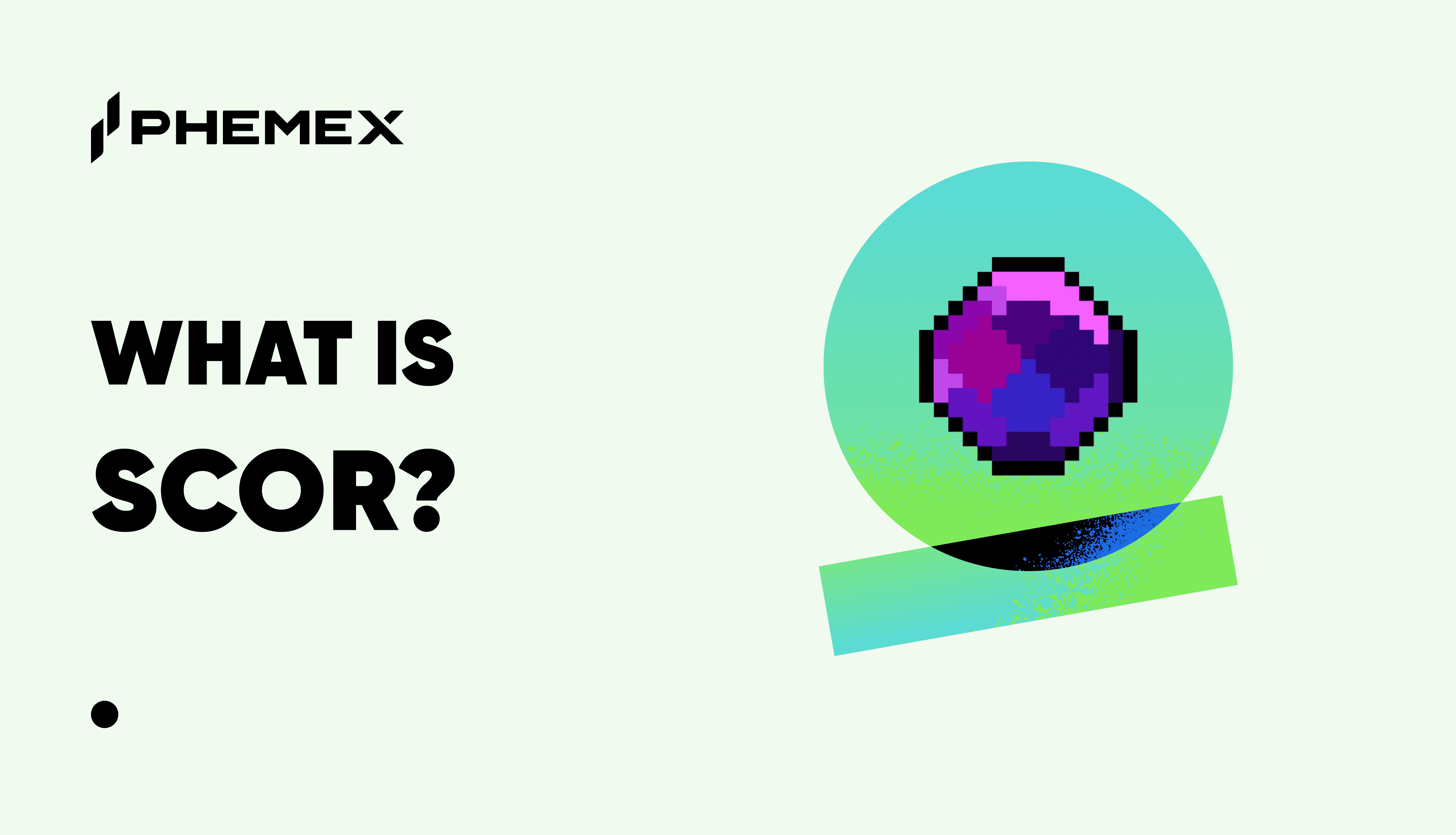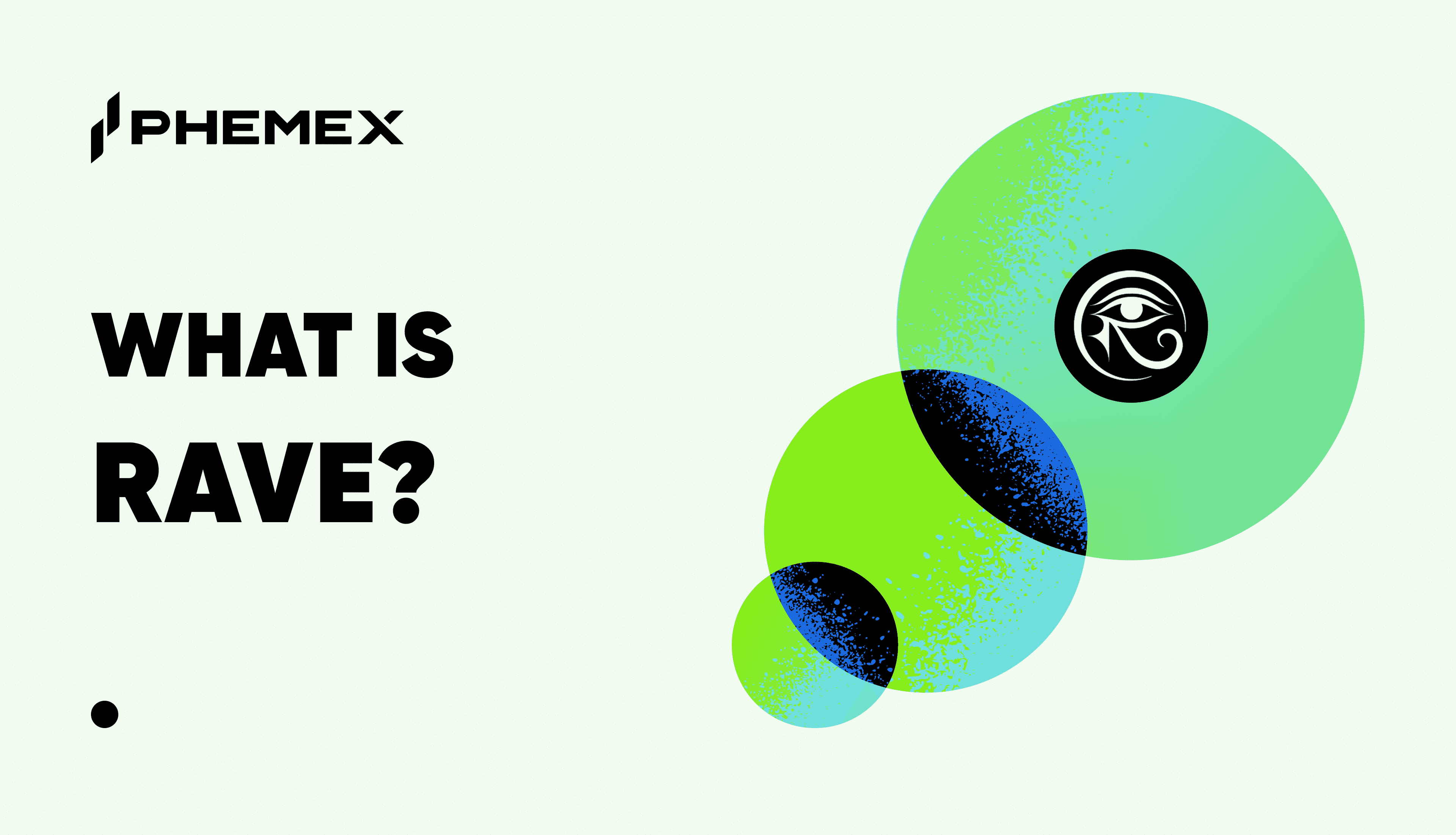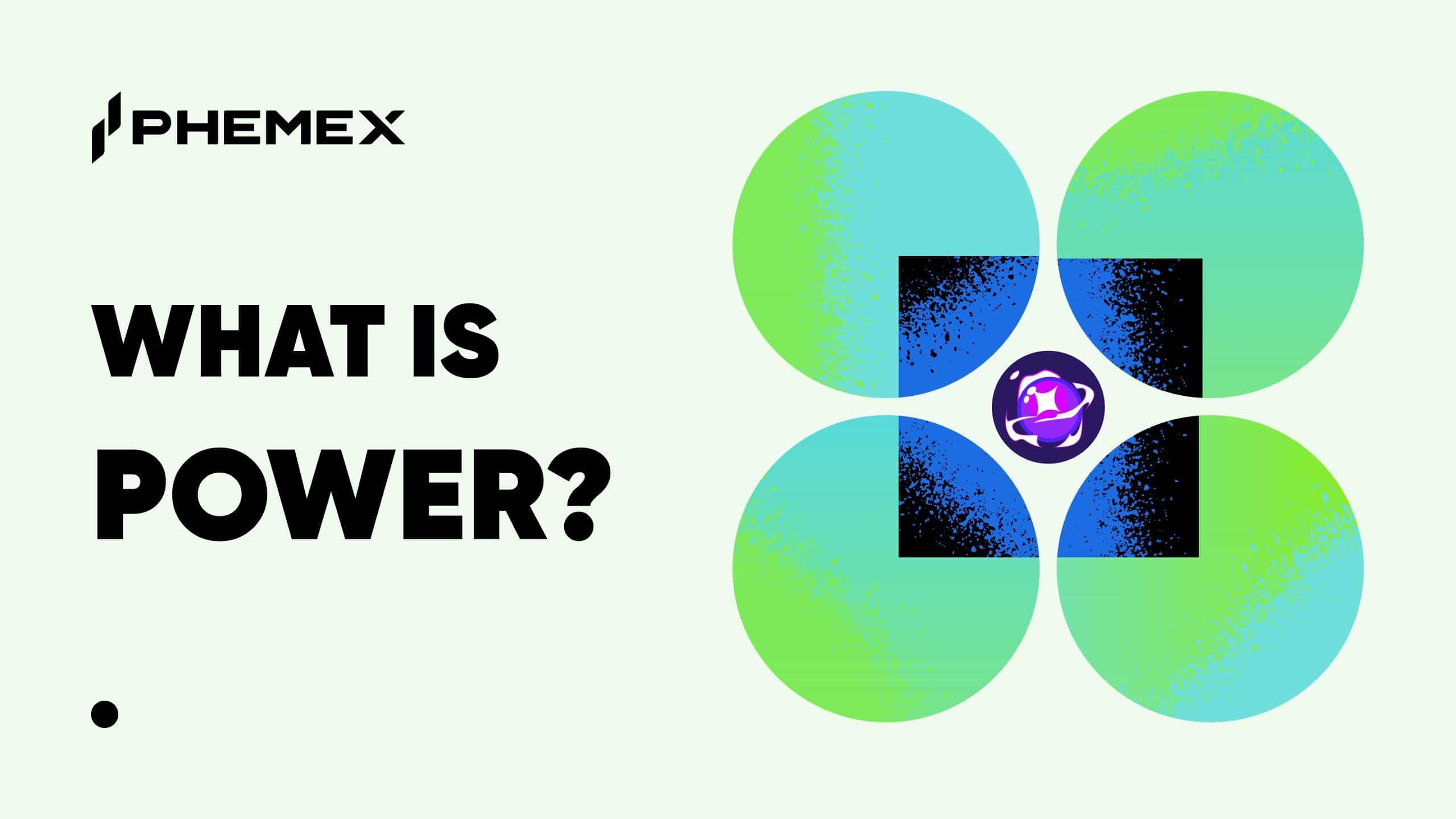Launched in 2019, Helium (HNT) is a decentralized, open, and distributed network of long-range wireless routers for Internet of Things (IoT) devices. HNT trades at $12 per token with a circulating supply of 87 million, for a market cap of $1 billion.

What Is Helium?
The Helium Network, also called the People’s Network, is a blockchain-based peer-to-peer (P2P) wireless network that connects low-power Internet of Things (IoT) devices to the Internet in an energy-efficient, secure, and low-cost way.
Helium is not the first or only company to offer a network that connects devices. Companies such as Amazon, SigFox, and Senet also have their own IoT networks.
However, Helium’s key differentiating factor is that it enables not just these big enterprises but anyone–like you and me–to be a miner and operate a “Hotspot” that connects IoT devices, in return for its native token, HNT.
With this model, Helium is positioning itself to disrupt existing internet service providers in the long term. If Helium succeeds in doing that, fixed monthly broadband subscription will no longer be a thing; you will pay only for the data you actually consume.
Helium Hotspots
HeliumHotspots are long-range wide area network (LoRaWAN) routers, serving both as mining hardware as well as a node for the Helium blockchain.
The Helium blockchain uses the “Proof of Coverage” (PoC) algorithm to verify that hotspots are located where they claim to be and that the wireless network coverage they provide is really covering a particular location, hence the name proof-of-coverage.
These Hotspots use the LongFi protocol designed by Helium to communicate with each other. This open-source protocol allows developers to build applications that can run on the Helium Network. In addition, the protocol enables the routers to exchange data with compatible devices over long ranges (200 times longer than with Wi-Fi) in a very power-efficient way.
What is Helium mining?
The big pitch Helium Network is making is that anyone can be a miner in return for HNT tokens. Instead of buying advanced ASIC or GPU miners, you can participate in mining for Helium using low-cost wireless devices that are powered by radio technology.

How to mine Helium?
- Buy and install a wireless device (see list below) at your premise to function as a Hotspot. Using low-power radio networks called LoRaWan, these WiFi devices consume only 5W.
- Just plug it in, and let it run.
- In return, you earn HNT tokens.
Is Helium mining worth it?
The one tricky thing about mining Helium is that the amount you earn can vary depending on the Helium network in your area. It is possible to earn anything from a few dollars to over $400 per month, depending on where you are located. If you live in an area without any other miners, you will earn less HNT than those who are in an area with more miners.
To check the earning potential of Helium mining in your area, check out the Helium coverage map on its official website. You will be able to see if there are nearby hotspots and how much HNT it has earned within the last 24 hours or month.

The Helium Network Explorer on its official website shows you the network of miners in your area and the earning potential by seeing how much other miners have earned in the past (Source: Helium Network)
To sell your HNT, simply move it from your Helium wallet to a crypto exchange wallet and sell it for fiat (do bear in mind transfer and sale costs.)
What is the best Helium miner?
The Helium Network provides an official list of Helium miner manufacturers on its website, most of which cost between $500 to $1,000 depending on model and region. These Helium miners resemble the internet routers you have at home, and run on very little electricity since they are based on low-power radio technology. This means they generate almost no heat or noise. Here are some of the approved Helium miners:
- Bobcat
- COTX Networks
- EDATEC
- FreedomFi
- FXTec Linxdot
- Hummingbird
- Kerlink
- Atom
- LongAP
- Milesight
How does Helium work?
The Helium blockchain is responsible for keeping an immutable record of the transactions within the network. It uses the novel Proof of Coverage (PoC) algorithm to verify the locations of Hotspots and determine their actual coverages. The algorithm uses radio waves to constantly ping the routers via a mechanism called PoC Challenges, which helps determine the quality of a network. Hotspots participating in a PoC Challenge can earn HNT as rewards after an epoch.
The blockchain relies on the Helium Consensus Protocol, which is based on HoneyBadgerBFT, a protocol allowing groups of nodes to achieve consensus over unreliable connections. In the Helium Consensus Protocol, a consensus group of 16 members is elected once per epoch. All active Hotspots are eligible to be elected into the consensus group. The selection is random, but a filter is applied to ensure that the members are geographically diverse. In each election:
- The 12 members with the strongest mining performance remain in the consensus group unless they have reached the limit of four consecutive epochs. Upon reaching that limit, they are phased out, although they can be re-elected in the next election.
- The four members with the weakest performance are replaced.
- If a member is phased out before reaching four consecutive epochs, it can only be re-elected after the other 15 members are completely cycled out.
After an epoch, the consensus group members receive 6% of the total mining rewards, split evenly among the 16 members. The distribution of the HNT rewards per epoch is listed here.
What is the Helium Coin (HNT)?
The Helium Network’s native token is called the Helium Network Token (HNT). It has a capped supply and two primary uses:
- Mining rewards: Hotspot operators earn HNTs as rewards for maintaining, providing, and validating Hotspot coverage and transferring device data. The reward amount is based on the coverage quality and the amount of data transferred.
- Data Credits (DCs): HNTs are burned to generate DCs, which the network accepts as payment for network services such as data transmission and transaction fees. DCs are non-exchangeable utility tokens pegged to the USdollar. 100 thousand DCs are worth $1.
Helium relies on a burn-and-mint equilibrium to ensure that Hotspot operators are still incentivized after the network stops minting tokens. When a certain amount of HNT is burned, an additional and equivalent amount is minted and reintroduced into the supply. This process is called Net Emissions. The amount of HNT produced in Net Emissions has a cap that can be adjusted according to the market conditions.
Helium Network use cases
The Helium Network allows any compatible device to connect to the Internet. Through the Helium Console, users can manage the devices connected to the network and analyze the data. These functions have a wide range of applications.
One application is real-time location tracking, where users or businesses can track the location of people, assets, and vehicles through Helium-enabled devices that relay sensor data to the network.
Bike and scooter rental platform Lime and GPS tracker company LoneStar have trialled the Helium Network to keep track of their smart vehicles and assets. Other companies, like wearable maker CareBand, rely on Helium to monitor people for health purposes such as COVID-19 contact tracing.
Environmental monitoring companies such as Conserv, Airly, and NOWI also have devices running on Helium’s network to monitor conditions like temperature, air quality, and water usage.
Another area of application is agriculture. For example, the Helium Network relays data from fields and sends commands to automate irrigation operations. Through the Helium Network, the devices can transmit data directly to the application or dashboard so that users can check on the environmental conditions at any time.
Who is behind Helium?
Amir Haleem, Shawn Fanning, and Sean Carey founded Helium in 2013 with the mission of building a decentralized wireless network through which devices could connect to the Internet more easily.
Haleem is currently the CEO of Helium. Prior to Helium, he was active in the video gaming and esports scene. He served as the CTO at gaming startup Diversion and was part of the original team behind the first-person shooter Battlefield 1942. Haleem is also a former Quake III world champion and co-founded the ESReality esports community.
Fanning is best known as the co-founder and lead software engineer of Napster, a music-sharing service and one of the first popular P2P file-sharing platforms. After Napster, he joined and invested in a number of startups, culminating in Helium. Fanning is currently part of the board and advisors in Helium.
As for funding, Helium has raised nearly $54 million from multiple financing rounds since the company’s launch, including:
- A 2013 seed round that raised almost $3 million.
- A 2014 Series A round led by Khosla Ventures that raised $16 million.
- A 2016 Series B round led by GV (formerly Google Ventures) that raised $20 million.
- A 2019 Series C round led by Multicoin Capital and Union Square Ventures that raised $15 million.

Helium crypto price history (Updated 2022)
Prior to 2021, the Helium cryptocurrency (HNT’s) price was relatively stable and traded at around $1.30. Similar to other cryptocurrencies, HNT enjoyed a bullish run that lasted about three months. During this run, HNT’s price increased by 1300% from $1.30 in mid-January to a peak of $18.50 on April 6. The token’s price then entered a sideways trend, trading between a range of $11 and its historic peak of $19.

HNT all-time price history (Source: Coinmarketcap)
When the token was launched, there was no pre-mine and the supply was zero. Starting from its genesis block on August 1, 2019, the network set a target of 5 million HNT to be mined by the community per month. However, the Helium network implements HNT halving, where the HNT mining output halves every two years.
According to the halving schedule, the Helium network estimates that all HNTs will be mined after 50 years. HNT’s price is expected to increase after halving, as the process makes HNT scarcer, and ultimately, more valuable.
HNT is currently ranked #67 by market cap. The token is trading at $5.28 at time of writing with a a circulating supply of 126 million tokens for a market cap of some $665 million.
Latest developments
Developers behind the Helium network are proposing to shift from its own HIP 70 blockchain to Solana for faster transaction speeds and network connectivity, as shared in a Medium post end August 2022.
What is the future for Helium?
Currently, there are about 64,000 Hotspots worldwide. According to Helium’s coverage map, most Hotspots in the network are located in North America, Europe, and China. As the number of Hotspots in an area increases, the rewards decrease, since the routers share the same HNT reward amount per epoch. Thus, future operators may seek to cover zones with low coverage to capture rewards with minimal competition.
Helium’s LongFi protocol provides wide coverage and is a cheap way for IoT devices to connect to the Internet. However, LongFi offers data rates of up to only 20 kilobits per second (4G offers up to 1 gigabit per second, which is 50,000 times faster).
The protocol’s slow speed limits Helium’s practical use cases to only low data volumes. As a solution, Helium plans to introduce a second wireless network that provides 5G. This may still be an uphill battle, as most advanced countries already have established telecom giants and existing cellular network infrastructure.
Conclusion
The Helium Network is still a relatively new project, but has set incredibly high goals by aiming to become a new global wireless network for IoT devices. The major challenge for the Helium team now is increasing the number of Hotspots and expanding its coverage to other countries.
With IoT’s growing significance, competition is inevitable. There are plenty of projects out there that provide (or plan to provide) a long-range wireless network for low-power IoT devices. Helium sets itself apart by being the only P2P wireless IoT network to offer incentives to router operators so far. However, the network still needs to build more strong partnerships to maintain its foothold amongst well-established companies and telecom giants.
Read More
- What is Hedera Hashgraph: A Decentralized Distributed Ledger
- What is Holochain (HOT): The Framework for A Distributed Internet
- What is Hathor Network (HTR): An Alternative Scalable Cryptocurrency
- What Is Hic Et Nunc: The Leading NFT Marketplace of Tezos
- What is High-Frequency Trading and How does HFT work?
- What is DePIN? Analysis of Decentralized Physical Infrastructure Networks
- Why Does Bitcoin Have Value?
- What is Blockchain Technology: The Biggest Misconception About It









